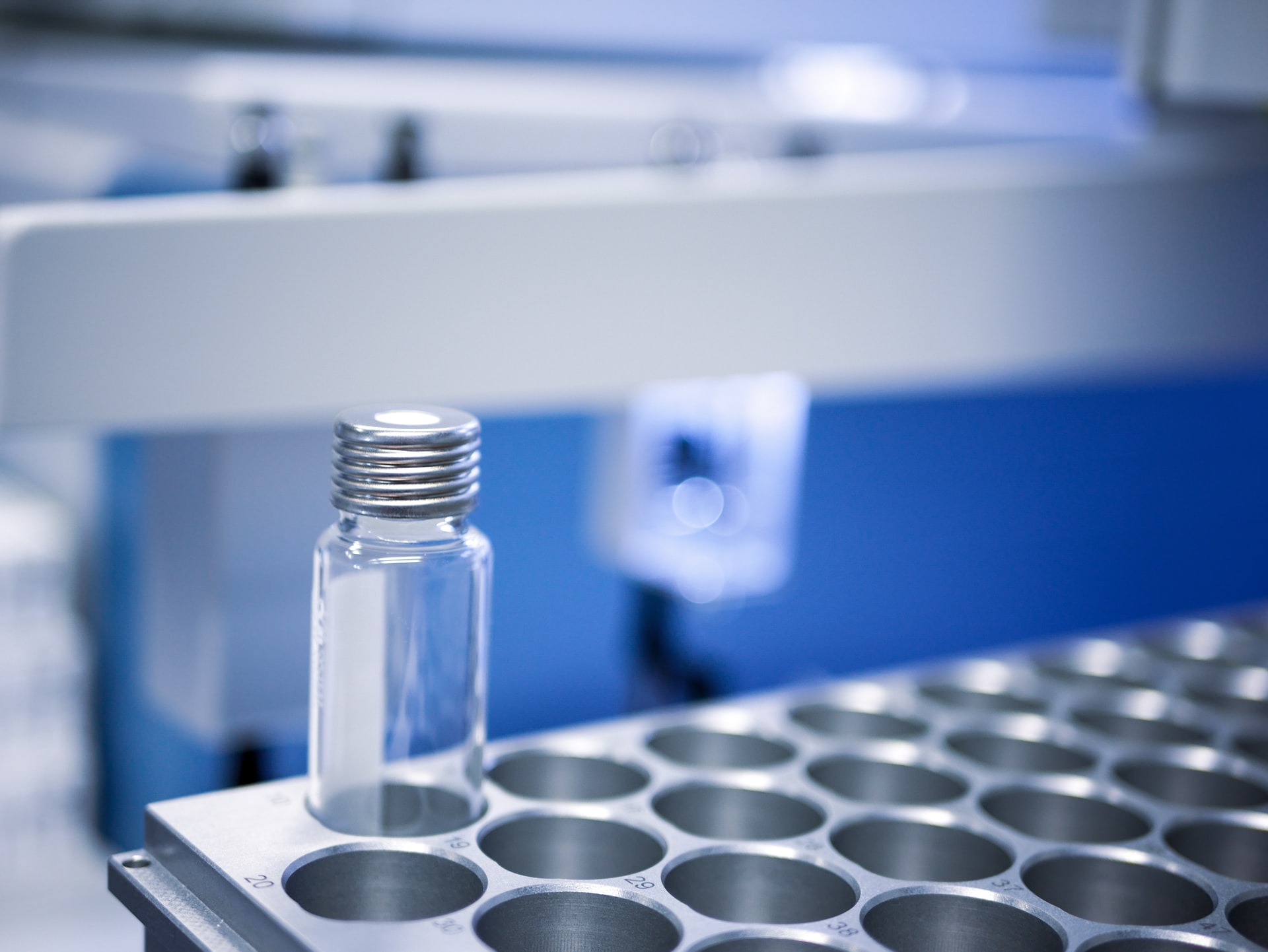GC & GC/MS Method Development Quick Reference Guide

Unsplash/Julia Koblitz: GC & GC/MS Method Development Quick Reference Guide
This can range from inaccurate results to instruments with significant downtime and high maintenance costs. The objective being to develop automated reliable identification and quantitative results that are fit for purpose.
C3 -C15 Hydrocarbons Method Translation Example.jpg
Before Commencement
-
Ensure the new or existing instrument is configured and installed with the correct supplies, gases, column(s) and injector(s), valve(s), liner(s), detector, interfaces and software options for detection of the target analytes.
-
The instrument has been installed to manufactures specification and all maintenance logs/service history are current up to date.
Initial Testing
-
Ensure data capture method has sufficient speed to comply with accuracy requirement (8 points min across a peak for 5-10% repeatability).
-
Adjust column flows and oven temperature profile to achieve the required sample throughput and separation for a mid range standard.
-
Optimise detector conditions for best response and minimal interference.
-
Optimise injector parameters for best response, chromatographic resolution and minimal peak distortion.
-
Apply data processing method to obtain the correct integration parameters and identification windows for the chromatography.
-
Adjust auto sampler settings and to obtain optimal repeatability (min 6 injections) on a mid range standard.
-
If the method criteria cannot be reached for the mid range standard consider increasing data capture speed and/or the addition of internal standard(s).
SQC & Sample Testing
-
Inject a matrix matched standard or a sample (min 6 injections) to check identification, integration and repeatability.
-
If the chromatograms/results differ significantly from the initial testing or than expected/acceptable, consider a more appropriate matrix elimination strategy.
Carry Over Testing
-
Inject high std +20% followed by a blank and measure carry over and carry over re-peatability. Also ensuring overloaded peak shapes is kept to a minimum.
-
Modify autosampler parameters and wash solvents/purge gas to minimise carry over.
-
Modify data processing method to ensure correct integration of high level standard and blanks.
-
Run a sample or independent QC standard six times with new auto sampler conditions to compare chromatography and repeatability data to the initial SQC and sample testing. If not comparable re-adjust modifications made in carry over tests.
Calibration/QC/Validation Considerations
-
Initial Calibration for external/internal standard and mole %/normalised %.
-
Run calibration range from low std 3*limit of detection and top std max level +20% (ideally 7 point). Run 3 points at each level, 6 points at LOQ, 6 points at mid point and 6 points at highest level. Plot calibration curve and assess linearity criteria and calculate % rsd at levels containing 6 points.
-
If any adjustments are made to the method the sample or independent QC/sample spikes need to be recalculated or re-injected.
-
Devise a QC/validation protocol with independent QC and calibrations to ensure method robustness and the control of the frequency of the maintenance procedures. Typical protocols include injection of low and high level standards/SQC’s/sample spikes measuring peak areas, retention times and peak shapes. In addition baseline noise and offsets from chromatogram start and end are typically measured.
Conclusion
If these guidelines are adhered to you will avoid undesirable outcomes and have a fully utilized robust method providing accurate and reliable results fit for purpose.
ChromSolutions Ltd
What we offer at ChromSolutions is our wealth of experience in analytical instrument sales and support (over 110 years distributed through the members of our company). We can help you from defining your requirements to the implementation of a robust gas analytical method fit for purpose.